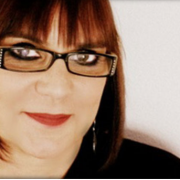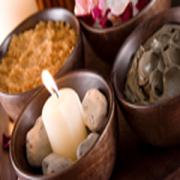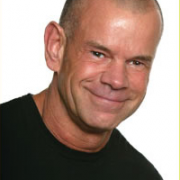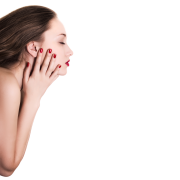Most spa owners think that if they build a beautiful facility, clients will flock to their spa. Build it and they will come? Not anymore! Great services are a given, but spa owners today cannot keep the doors open just by offering good services. You have to create an environment where customers want to shop and spend their money. Here’s a countdown to four common mistakes to avoid to help boost your bottom line.
#4 Facial Factory
Many businesses have converted into facial factories. They have gone to 50 minute services. This is called “hot bedding” (i.e. next client in the bed while it is still warm from prior client). With such a tight time frame, your staff says they don’t have time to sell as well as provide services. But, they can!
Here are some “facial factory” problems that can be corrected:
Problem: 50 minute services
Solution: Make treatments longer (read on)
Problem: Missing new customer opportunities
Solution: The first appointment should be longer and more expensive for analysis and follow up. Recommend seeing the “shopper” again in 7 days. Schedule follow-up appointments using the phrase “would that be OK with you?” Get your “shoppers” on a 3-week cycle offering lower prices for regular, repeat appointments. If you don’t see the “shopper” for 6 months, start the cycle over with the longer, more expensive treatment. Work to convert gift certificates to regular customers.
Problem: No time to build rapport. It is essential to let the “shopper” know they can trust you with facials, hair, etc.
Solution: In the first minute and on the way to the treatment room, shake hands while looking into the “shopper’s” eyes and say something like, “I’m so looking forward to giving you a massage/facial etc today!”
Problem: Lack of analysis skills and lack of results – Treatments have become pamper-driven not results-driven
Solution: Proper analysis leads to correct treatments and real results. It also gives some real topics to talk to the “shopper” about. “Shoppers” will spend money if they have results.
Problem: Selling is left for the end of the treatment
Solution: During the service, explain what you are doing, what products you are using and what would be appropriate for a home care regime.
Problem: Miscommunication
Solution: Ask the “shopper” what results they are looking for.
#3 Sleepy Sales
Spa music is a big culprit! The “shopper” can’t make buying decisions or a next booking at end of a treatment if they are too relaxed. If possible, pick up tempo of the music at the end of the treatment. OR have a transition area for the “shopper” to recompress in at the end of a service. It’s also good for them to be alert before getting into a car!
Problem: Sleeping vs Relaxing – “Shoppers” relax to the point of sleep
Solution: Sleeping is not necessary or desirable. You need to protect your time with your “shopper”
Problem: Spas have become pamper palaces in lieu of wellness, results
Solution: When money gets tight, pampering gets cut, but “shoppers” will spend on results
Problem: Spa shoppers have nothing to look at inside the spa. Retail is only at front desk or in separate retail areas, yet magazines in waiting areas have tons of advertisements – none for what you sell!
Solution: Provide information on how to prolong the “shopper’s” experience. Provide retail literature and samples throughout the entire spa. Guard your retail space! If you are afraid of theft, use earthquake tape or empty bottles.
#2 Lack of Branding
Problem: You have an identity crisis!!!
Solution: Look at your front desk. How many times to you see your logo?
Solution: Your corporate propaganda – business cards, brochures, prices cards – all need your logo! Every piece of paper must have your branding message on it. Think Starbucks!
Solution: Be the leader of the pack! What makes your spa different than others in your market – treatments, style, etc. You must know this in order to effectively market your spa.
Problem: Lack of internal and external marketing plan
Solution: Inside – posters, displays. Outside – direct mail, email. Don’t hide your light under a basket.
Problem: Lack of follow-up
Solution: Always send a thank-you note. And a thank-you bump-up – something every 30 days, to remind “shoppers” to come back. Offer bounce-backs – a free service, upgrade or add-on with purchase of another.
#1 Lack of Staff Training on Sales
Your staff needs product knowledge, people skills and selling skills!
Your staff needs ongoing retail training! This needs to be part of your spa’s overall training curriculum.
Bump up marketing and staff training when the market is tight!
Definition of Insanity: Doing the same thing the same way and expecting different results. Change what you do and how you do it and get the results you want!






